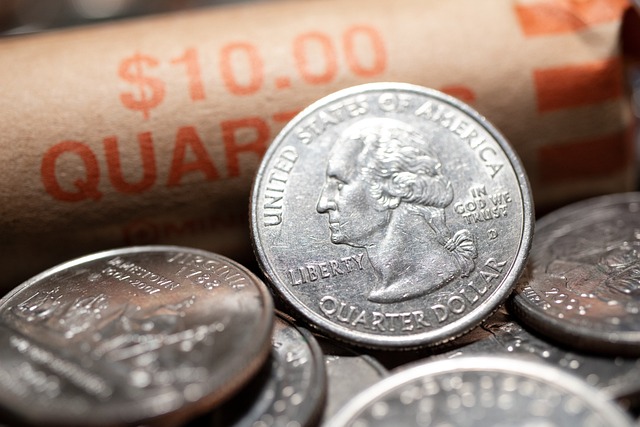Car title loan default rates reflect borrower repayment failure, influenced by financial stability, vehicle equity, and credit scores. Higher default rates can result from unpredictable incomes, insufficient equity, or bad credit. Risk minimization strategies include timely payments, regular vehicle maintenance, exploring alternatives, and negotiating terms to lower interest rates and improve loan conditions.
Car title loans, despite their appeal as quick cash solutions, come with significant risks. After the initial payment, default rates can surge, leaving borrowers in a cycle of debt. This article delves into the factors driving these post-first-payment defaults and offers strategies for borrowers to minimize their risk. Understanding car title loan default rates is crucial for both lenders and individuals seeking short-term financing.
- Understanding Car Title Loan Default Rates
- Factors Influencing Post-First-Payment Defaults
- Minimizing Risk: Strategies for Borrowers
Understanding Car Title Loan Default Rates

Car title loan default rates are a crucial metric to understand when considering such financial options. These rates reflect the percentage of borrowers who fail to repay their loans as agreed upon, often due to unforeseen circumstances or an inability to meet financial obligations. By examining these default rates, potential borrowers can gain insights into the potential risks associated with car title loans. It’s essential to recognize that these loans are secured by a vehicle, serving as collateral, which can impact the lender’s recovery options in case of default.
Loan refinancing is another aspect that influences default rates. Some lenders offer refinancing options, allowing borrowers to restructure their loans to better fit their financial needs. However, this process may come with additional fees and interest charges. For individuals without a strong credit history or seeking quick cash, car title loans are often marketed as an alternative to traditional loans, promising no credit check requirements. While this can be appealing, it’s important to note that the absence of a credit check doesn’t guarantee a lower default rate; it simply indicates a different lending approach.
Factors Influencing Post-First-Payment Defaults

After the initial payment on a car title loan, several factors can impact whether a borrower defaults or successfully repays the loan. One significant factor is the borrower’s financial stability and ability to make consistent payments. Those with volatile income streams or outstanding debts may struggle to meet subsequent repayment obligations, leading to default.
The value and condition of the vehicle used as collateral play a crucial role as well. In cases where the vehicle equity is insufficient to cover the loan amount, borrowers might face difficulties in repaying, especially if unexpected repairs or maintenance arise. Additionally, borrowers with bad credit scores often seek car title loans due to limited access to traditional financing options like bank loans or credit cards. However, these individuals may be subject to higher interest rates and shorter repayment periods, increasing the risk of default.
Minimizing Risk: Strategies for Borrowers

Minimizing risk is a key strategy for borrowers looking to navigate the world of car title loans. One effective method is to maintain timely payments. Ensuring that each installment is met on time can significantly reduce the chances of defaulting on the loan, thereby lowering the associated car title loan default rate. This discipline not only benefits the borrower by avoiding penalties but also strengthens their financial standing.
Additionally, borrowers should consider using their vehicle as collateral responsibly. With San Antonio Loans and similar institutions, this means keeping up with regular maintenance to maintain the vehicle’s value. A well-maintained car serves as robust security for the loan, potentially lowering interest rates and improving overall loan terms. Furthermore, exploring alternative sources of funding or negotiating more favorable repayment terms can also contribute to minimizing risk and keeping the cash advance process smooth and manageable.
Car title loan default rates, especially after the initial payment, are a key indicator of borrower health and lender risk. By understanding the factors driving post-first-payment defaults and implementing strategies to minimize risk, borrowers can avoid financial strain and lenders can ensure more successful loan portfolios. Staying informed about these trends and taking proactive measures is crucial in navigating this unique lending space.






